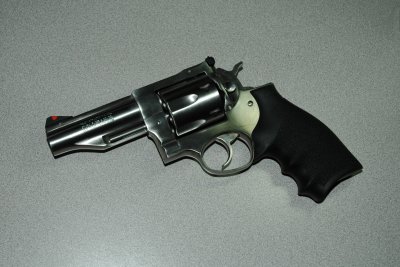Advantages
Disadvantages
Conclusion
More articles
Introduction
We live in the era of the semi-automatic handgun. Since the dawn of the 20th century, semi-autos have evolved from clunky curiosities, passing through a stint as military-only sidearms before emerging onto the civilian market in force during the last quarter of the century. Semi-auto domination of the market seemed certain and, some would still argue, remains the current state of the handgun world. For all this, though, the revolver refuses to die.

Remington New Model Army, .44 cap and ball, 1858.
Why? What does a design introduced well over a century and a half ago continue to offer in the face of relentless technological advancement? Some would snidely suggest nostalgia and recalcitrance in the face of change, but the numbers don't support that theory: There aren't enough crusty old guys around to keep revolver manufacturers solvent, much less fuel the growing market for six-shooters. Whether dismissed by those who conflate modernity with superiority or overlooked because its advantages are not trivially discerned, the revolver is too often underrated, when in fact it is in many ways superior to its autoloading counterparts.

Ruger Redhawk, .44 Magnum, 2008.
Rather than examining why people would dismiss revolvers offhand (because any unconsidered opinion is correct only through luck), let's look at a few of the pros and cons attached to wheelguns.
email: hidi.projects at gmail.com